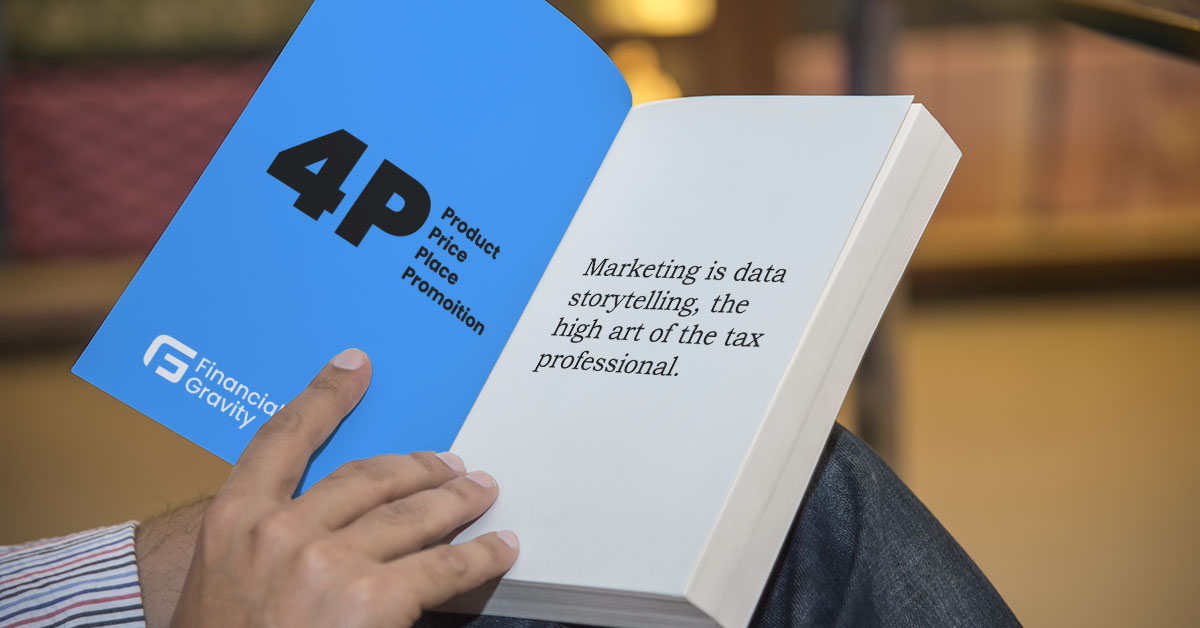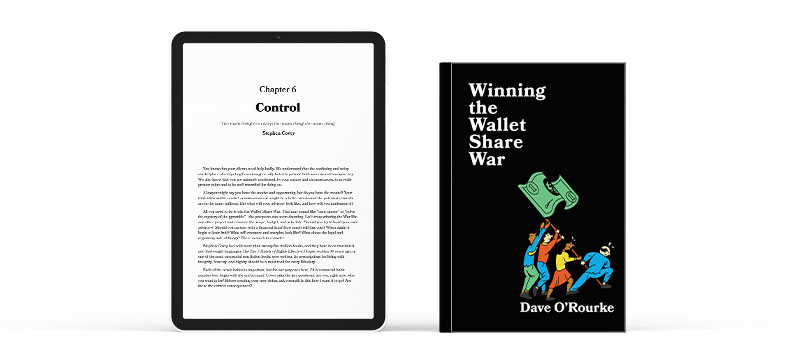Different career paths create very different life experiences. Farmers’ lives are ruled by the weather gods. It’s been said that the work of an airline pilot is 99% boredom and 1% sheer terror. For tax compliance professionals, the year is bifurcated into tax and non-tax seasons.
That essential bifurcation means that revenues and the hours worked per week are lumpy. While April and October often bring crushing pressure, the tax pro has the time between seasons to plan and execute new business development and productivity strategies. This is when they can attend symposia and conferences, acquire and train on new tools and technologies, take vacations, and make changes to their business model.
Memorial Day is upon us. Summer, the beach, white shoes, toes-in-the-sand-with-book- in-hand. Enjoy it; you’ve earned it. But I will challenge you to resolve not just to think about your business this summer, but structure your thinking. This year, make a commitment to a serious SWOT analysis, and, if you don’t like what you find, resolve to do something different about it.
You are probably quite familiar with SWOT analysis. SWOT Is an acronym for strengths, weaknesses, threats, and opportunities. Strengths and weaknesses are inherent in you and your firm; you can take action to bolster your strengths and eliminate weaknesses. The world creates threats and opportunities around you, they come from outside. To be most useful, your SWOT should be a personal, individualized thing; yours will be unique to you, and the actions that come from it should be specific to your business.
In 2022, members of Tax Master Network, a community of several hundred tax professionals from across the country, engaged in a live SWOT exercise. Their findings, which I’ll review for you here, may be useful for you. You can probably expect to have a good deal of overlap with your own analysis.
For The CPA and EA, Some Threats Are Bigger Than Others
Albert Humprhey of the Stanford Research Institute is credited with inventing the SWOT analysis in the 60s and 70s, and he was wise to start with strengths. The recurring revenues, the portability, the control, and the inelastic demand associated with tax compliance are all nice reminders about why you became a tax pro in the first place. It’s also nice to have global options when outsourcing labor.
It’s quite common to confuse strengths with opportunities, as both are positive and owning an opportunity can be considered a strength. It’s also common to mix up threats with weaknesses. You can overcome weaknesses with training, discipline, new tools, and seasoning, but you can only react and adapt to battle threats. Threats come from competitors, new entrants, substitutes, legislation, and regulations.
Tax Master Network members identified a number of weaknesses. These included a lack of marketing and branding, the pressure to keep up with new laws and rulings, finding and managing quality employees, and tax season. We might think of tax season as a threat because it’s imposed on us, but it’s a weakness, too, as it takes such high levels of stamina and commitment.
The opportunities that were listed by the members are all great news. Tax consulting expertise opens the door to more lucrative services. Changing laws, identified as a weakness, also shows up as an opportunity because you can offer more value by being up on the tax code. Finally, you have a chance to specialize in things like dispute resolution, tax planning, real estate consulting, and so on.
Tax Master Network members listed several threats. It’s probably no surprise that technology and automation were the number one threat; artificial intelligence and robotic process automation are in the news every day. Others included competition, commodification, pricing in a saturated market, and changing laws. The tax pro can react to and defend against them, but there’s nothing inherently weak about the tax professional regarding any of those things. They are just part of the environment.
Commodification is a real and growing threat. Commodities are economic goods or services that are fungible and interchangeable with other goods or services of the same type. TurboTax’s website offers expert assistance with tax filing for $0 to $209, “Full Service” for $209 to $409, and the assistance includes this promise: “Your expert will find every dollar you deserve, guaranteed.”
That is classic commodification. Intuit is sending the message that all tax prep services are the same, that no one could outperform them at “finding every dollar you deserve.” Therefore, the best value is simply the lowest-priced offer. The truth of these claims is less important than the ubiquity of their advertising, which cheapens the brand of all tax compliance experts.
2024 Planning For Tax Pros Starts With Three Key Questions
In this Summer of 2023, threats and opportunities have taken on greater relevance, because the new artificial intelligence tools have the potential to accelerate commodification. I strongly recommend you do what accountants have done for centuries: analyze the data. Ask yourself three key questions:
One, what is the threat from commodification expressed in real dollars?
Two, how much revenue must you raise from new business or other revenue lines to replace the profits lost due to commodification?
How much are your clients spending on wealth and risk management overall, and not just with you? This third question is the most important one, and it’s really about opportunities as it holds the promise to negate the first two questions.
These questions can all be answered by examining your existing clientele. You’ll want to break them down into some basic categories. How many of your clients are over 50 and make at least $100,000 per year? How many own a business or are self-employed? How many own property exclusive of their primary residence? How many make over $500,000 per year? And, finally, how many are under 50 and make over $100,000 per year? Any that don’t fit into any of these categories are likely to file very simple returns.
Here’s a basic algorithm based on TurboTax’s pricing on their website: Multiply all your older, high-income, business or real estate-owning clients by $400. For example, if you have 200 such clients, the result will be $80,000. Multiply everyone else by $175. If you have 100 of those, that will total $17,500. The total revenue from those 300 clients would be $97,500 after commodification.
Now subtract the number you come up with from your actual 1040 billings. That’s a very rough estimate of the revenue loss from commodification. It’s also the answer to question number two, because that’s the amount you’ll need to get from other sources to keep your business at its current level.
Of course, reality will be much more complicated. You may not have enough hours left in a week to raise those additional revenues, or you may have to outsource other services, like bookkeeping and payroll, and the margins on that business may be slimmer than the margins you’re currently getting from tax compliance work.
Answering question number three will require you to make some gross assumptions. Here’s what I suggest: Assume all clients over 50 that make six figures, or own a business or substantial other real estate, plus all clients that make over $500,000 per year, generate $10,000 per year in financial services spending. Now assume that everyone else generates $3,000. These are very rough numbers of expected spending on insurance commissions and asset management fees. It will be a small fraction of the actual for some people, while others will spend very little. The Pareto principle applies to wealth management; 20% of your clients likely generate 80% of the spending.
So, applying that math to your 200 advanced tax clients and 100 simple ones, you would estimate that they spend $2,300,000 on financial services. That’s over 23 times what they spend for your services. And it’s the solution to all your threats.
Among all your threats and weaknesses, you possess key strengths and opportunities. You have intimate knowledge of your clients’ finances, are often first to hear of new client needs, are great with numbers, and perhaps most of all, have a most-trusted reputation.
Your trustedness is the most valuable asset on your balance sheet. Because of it, you don’t have to prospect new clients to double or even triple your revenues. This is the biggest challenge facing all new entrants in any business, but it’s the number one reason for failure and frustration in advisory and insurance. If you already have a sizable client roster, you are sitting on a gold mine; you only need to capture more wallet share.















